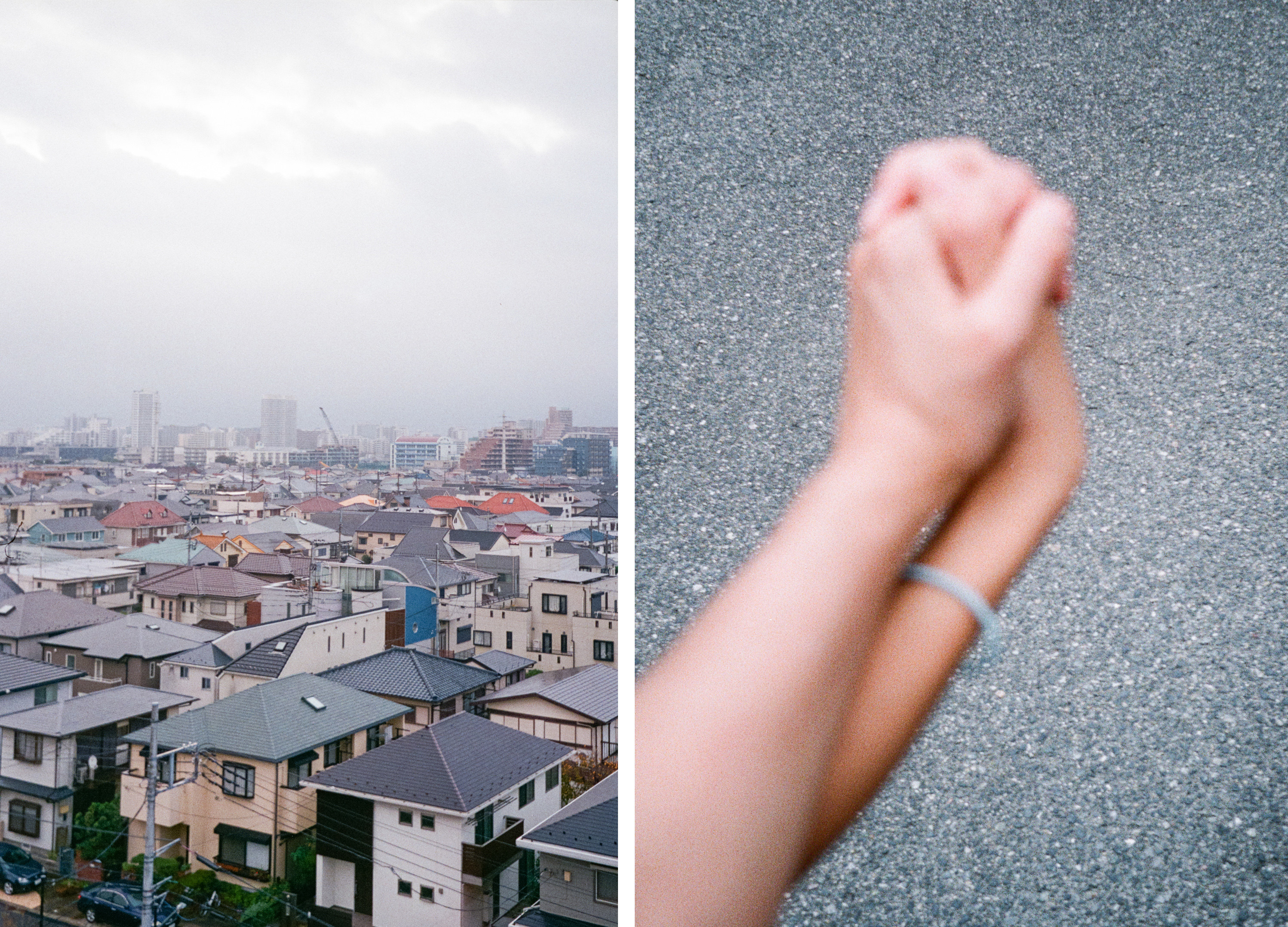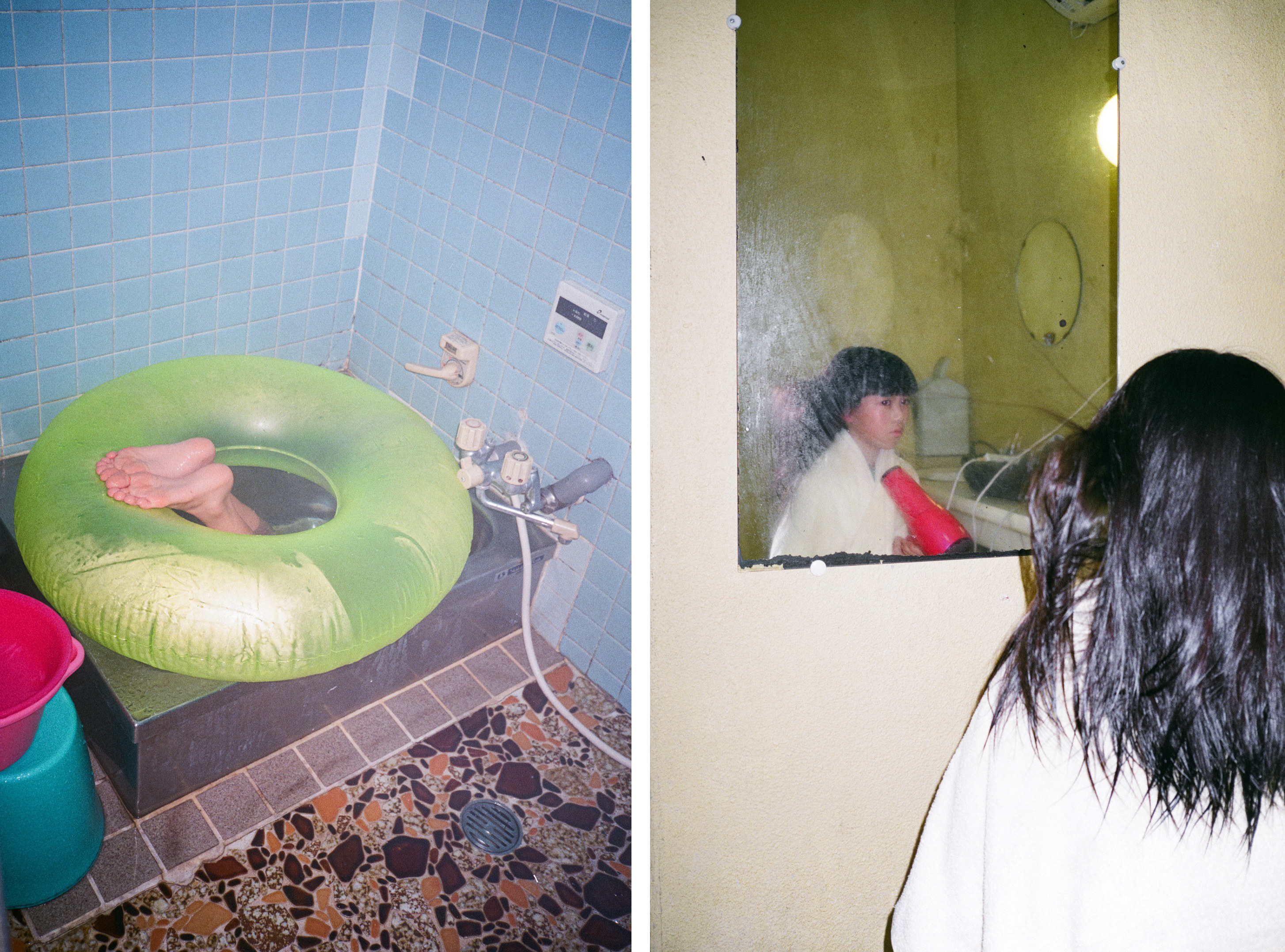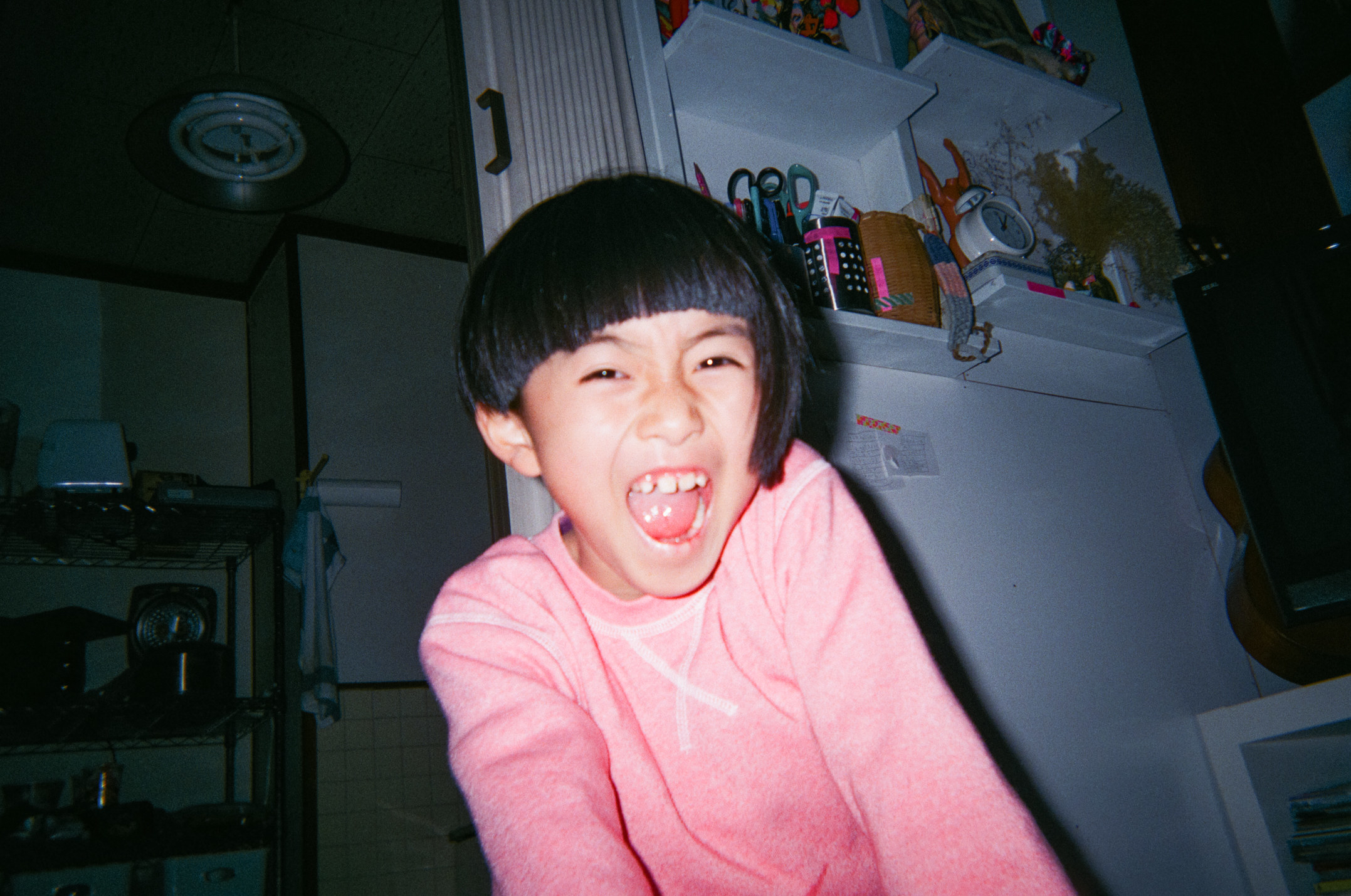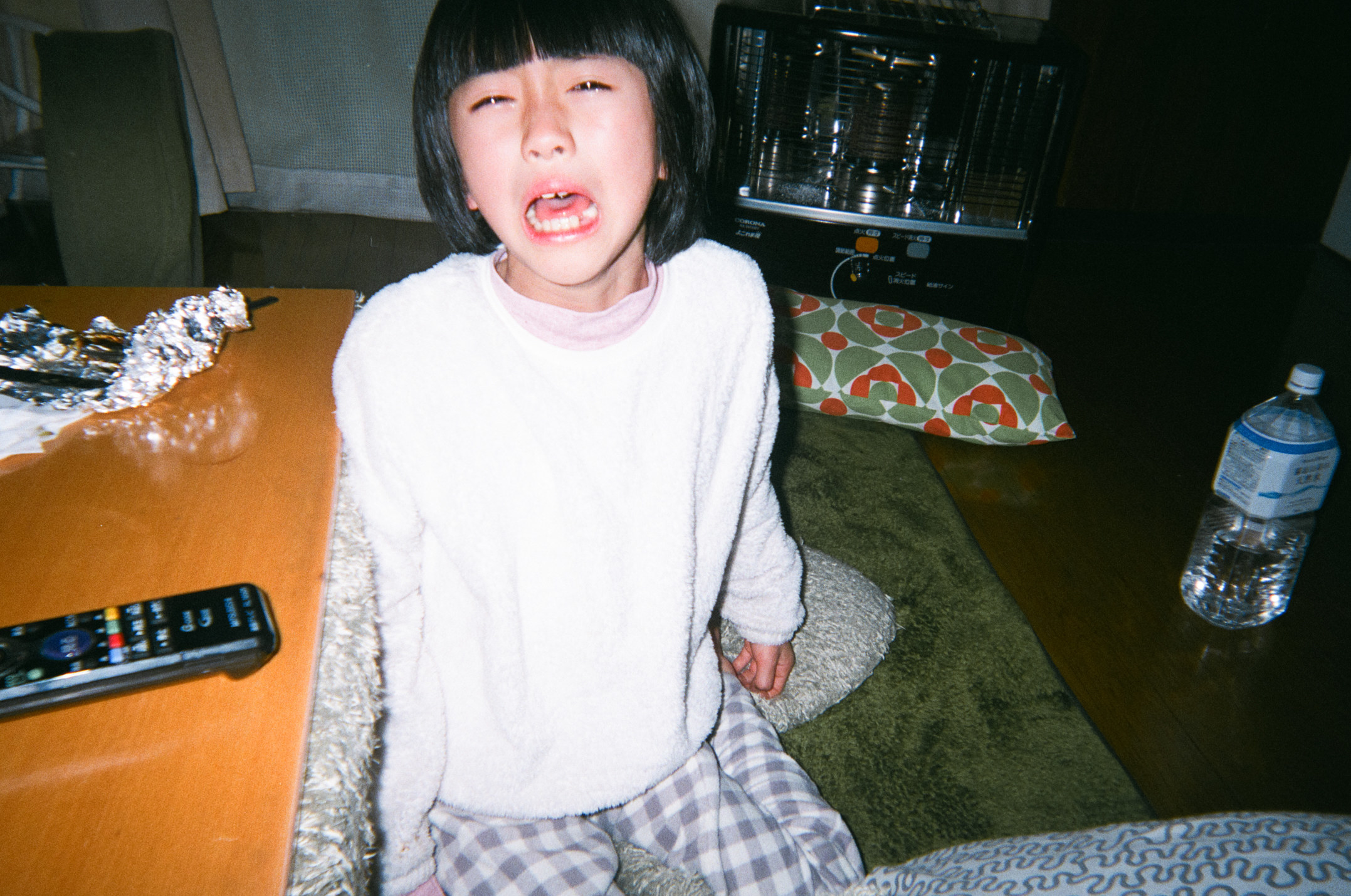Noa Sonoda is a photographer based in Kumamoto, Japan. Her first book’s title, 『ケンカじょうとういつでもそばに』, translates to "Kenkajoto Always Beside.” Her photos, in her words, "lie somewhere between the reality of our everyday life and feelings of fantasy." She started photographing her daughter, Mokuren, when she was younger to “freeze” the moments she had with her. The photographs capture both the daily reality for a single mom and fun, imaginative adventures with Mokuren.
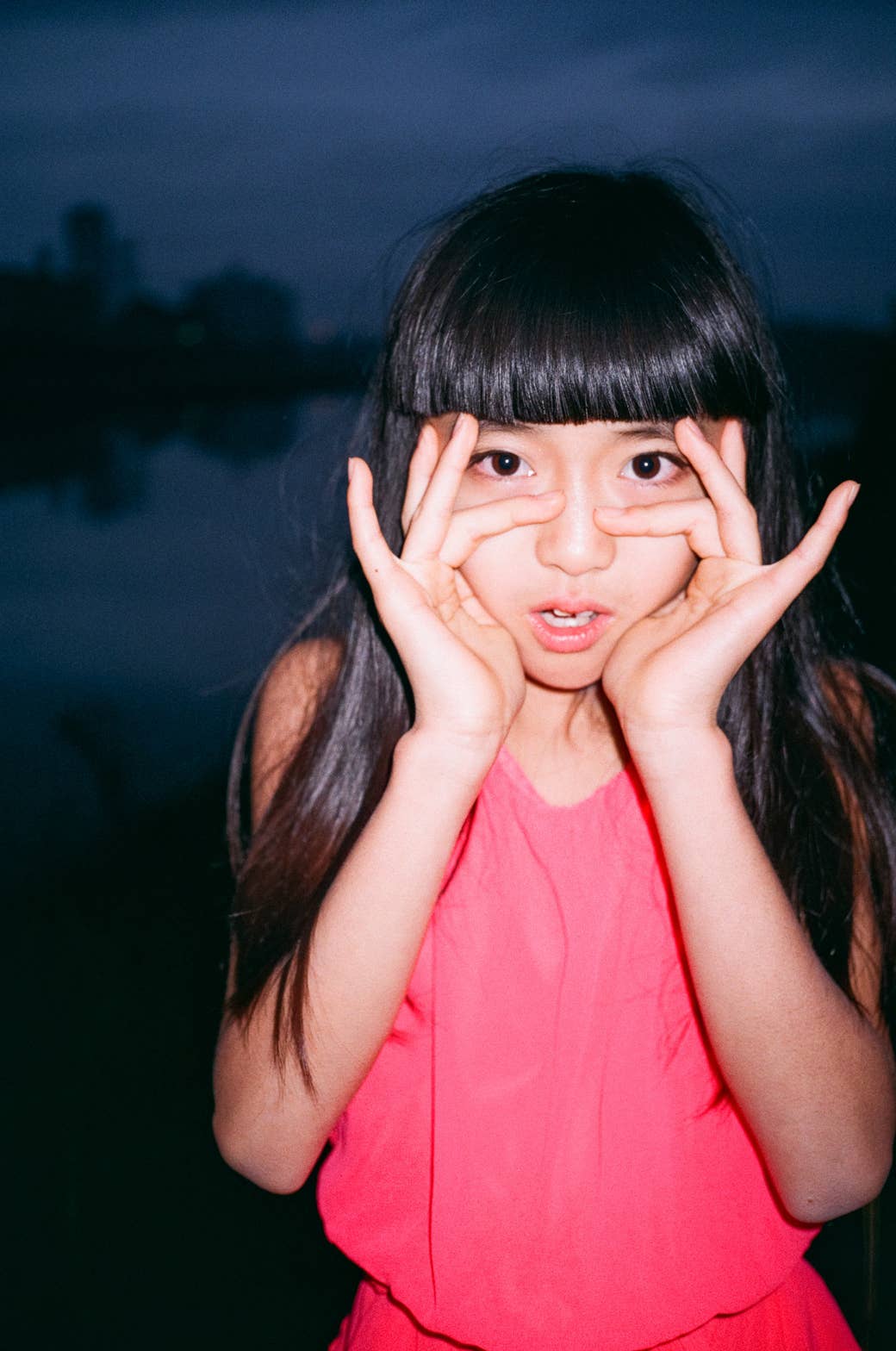
How did you get into photography?
My first motivation was just family snapshots. I wanted some kind of fixed-point observation of the growth and maturation of my daughter. I don’t want to lose my memories about every single moment of my daughter and what I felt in those days, even if the only sure thing in life is that we’ll lose these moments someday. It's impossible to hold on to everything, but photography sure helps.
Even though I first started photography because I wanted to photograph my daughter growing up, I slowly fell more and more in love with photography. Now, I also enjoy photographing pretty much everything.
What has motherhood been like for you?
I feel like Sarah Connor, from The Terminator, you know? Alone, I am just one weak person, but I’m a completely different person as a mother — all my strength comes out in those moments. Motherhood makes me feel that my daughter’s life is the most important thing in the world. I never felt like this before becoming a mother.
It’s funny to think that I may never meet someone again who makes me feel like this, other than my daughter.
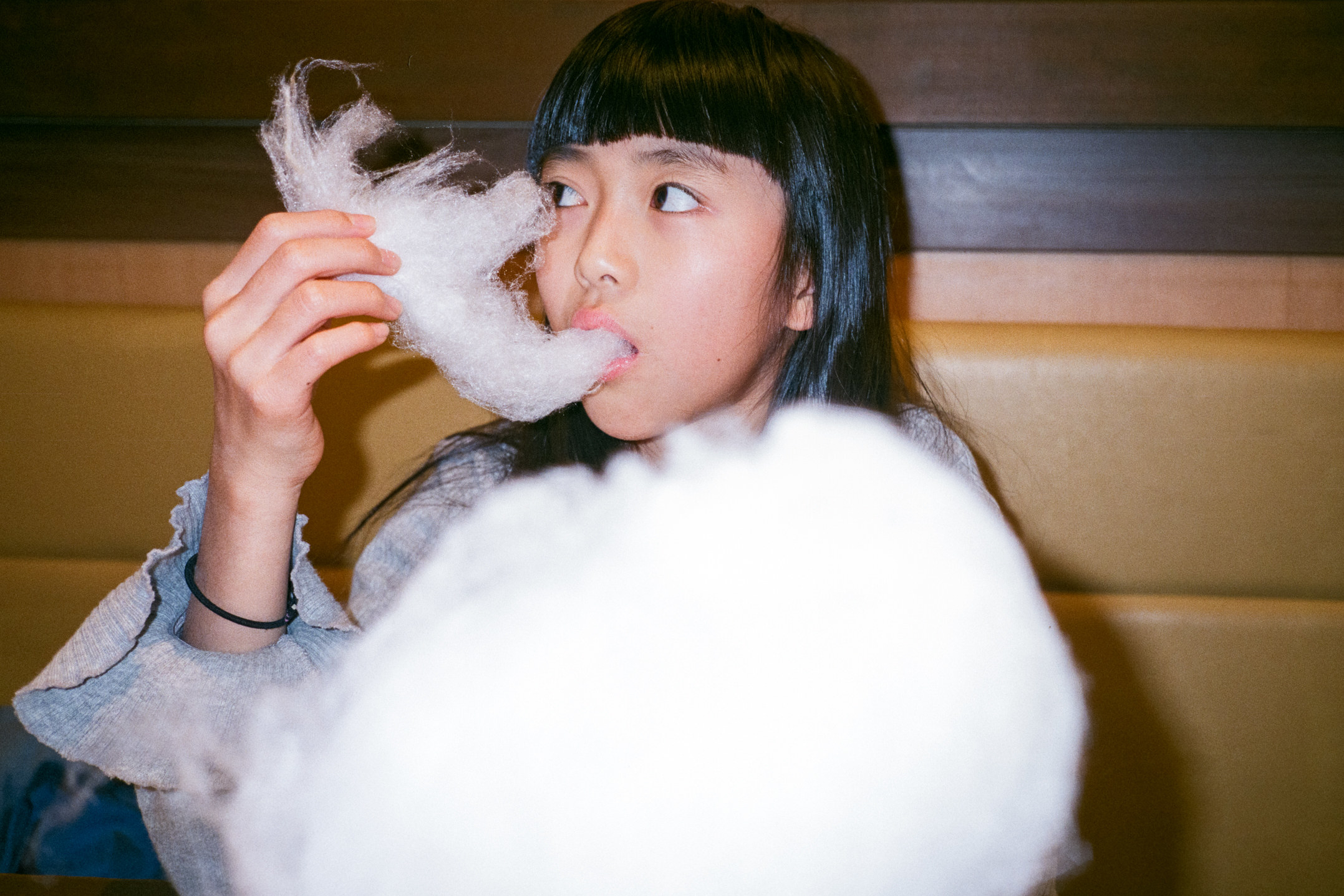
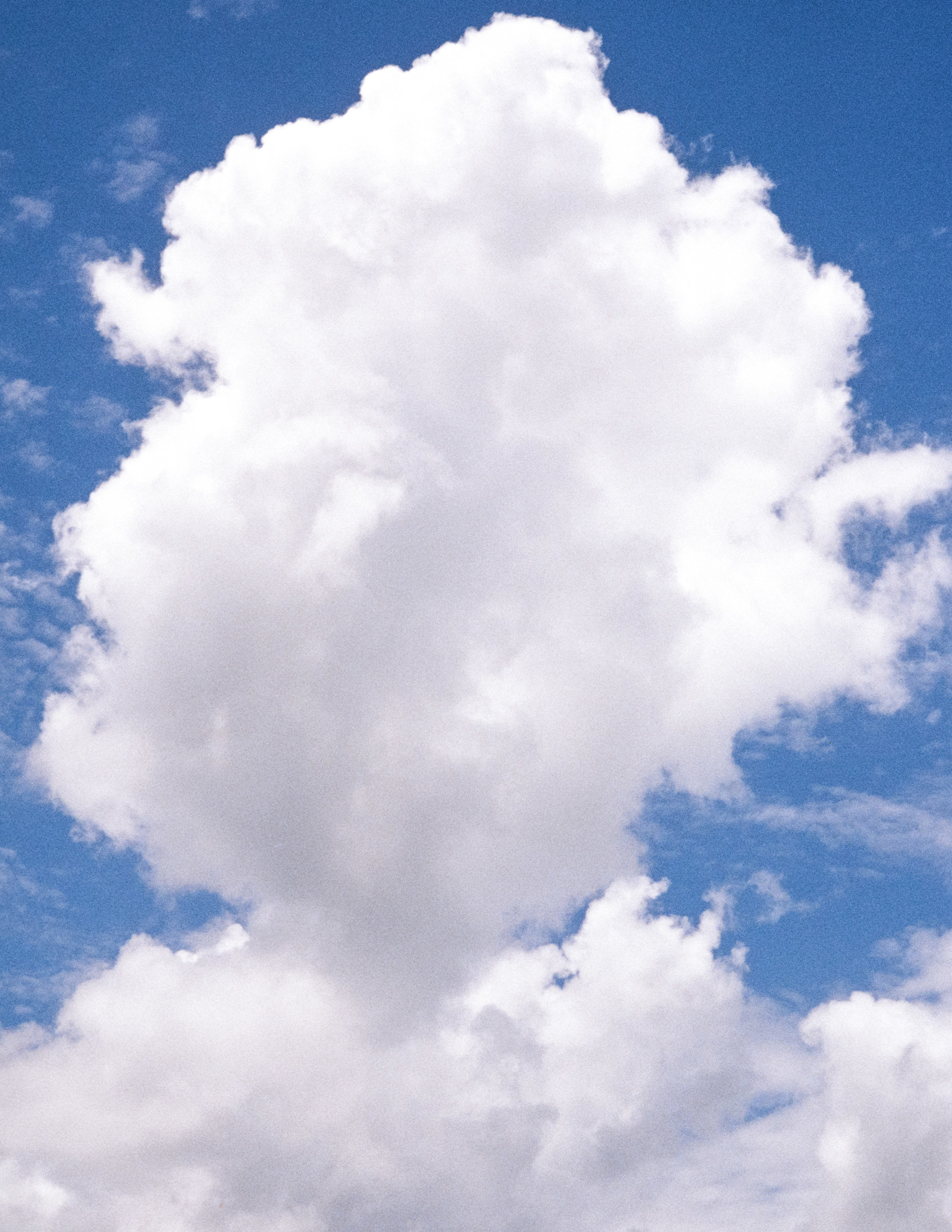
What was a difficult moment that you captured in the book, and what was a great moment?
When I was making the book, I wanted to be careful about how I presented my daughter, but without censoring her. One thing we discussed carefully was that we wanted to make this book a poetic visual story of our lives, but definitely stay away from the “girl gravure” genre of women in photography. Why did I have to think about that? Because here in Japan, it can be a hell of a pedophile powerhouse. In Japan, “girl gravure” refers to a kind of model, pop idol magazine marketed to men. It’s a popular form of photography — young women and teenage girls who aren’t naked but definitely posed provocatively. Unfortunately, this stuff is so popular among men that it’s often some of the only imagery people see of women in Japan. I hope it changes.
But it wasn’t all bad — some of the happiest moments of our lives are captured and crystalized in this book. And the book trip around Japan was such a gift. It was so much fun, and we were able to meet new people.
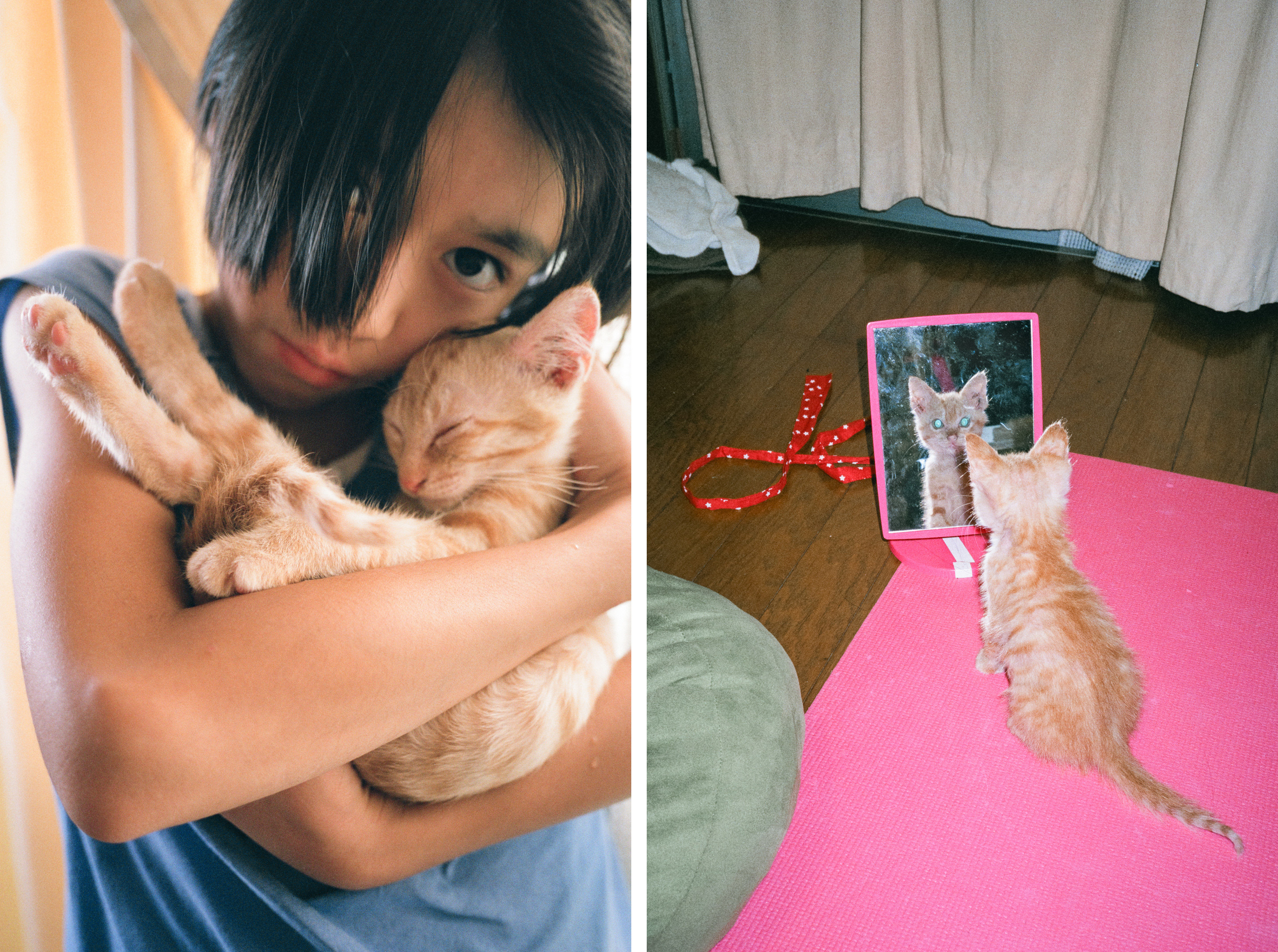
How has the last year (with the pandemic and lockdown) affected your relationship with your daughter?
In normal life, my daughter goes to school from 7 a.m. to 4 p.m., and after school she hangs out with her friends. It’s the same routine. The only time we are ever together in the same room is almost always just for dinner. Sometimes I felt lonely but thought this was the road which every mother went through. Then the pandemic happened, and the lockdowns started. We spent the whole day together due to the pandemic. I’m not sure about how it was for her, but for me, I think it was kind of a gift. Because we were together every day like when she was a baby. Watching Netflix together, taking a walk in the park at night, and driving to the country where there are no people except two of us and the horses. It was not a bad time for us. Just like being furloughed or on sabbatical, even though the money was an issue, that time was like a vacation for us. I hope the pandemic will be over as soon as possible. I know the world will never return and be exactly the same before, but many people will learn from this time, and I do hope the world will be better than before pandemic.
Your daughter is so comfortable in front of the camera. I feel like the reader watches her grow up. Was that intentional?
Well, I didn't try to make it look like that, but I think it did happen as a result of how long I photographed her for.
Now it's growing even more. She has already learned to take selfies with auto-retouching apps, but I think it's my job to keep capturing her natural charm. As she grows up, the expressions she makes for the camera and her self-awareness of being photographed by her mother will change, but I want to keep it up shooting every moment, up to and including her graduation.
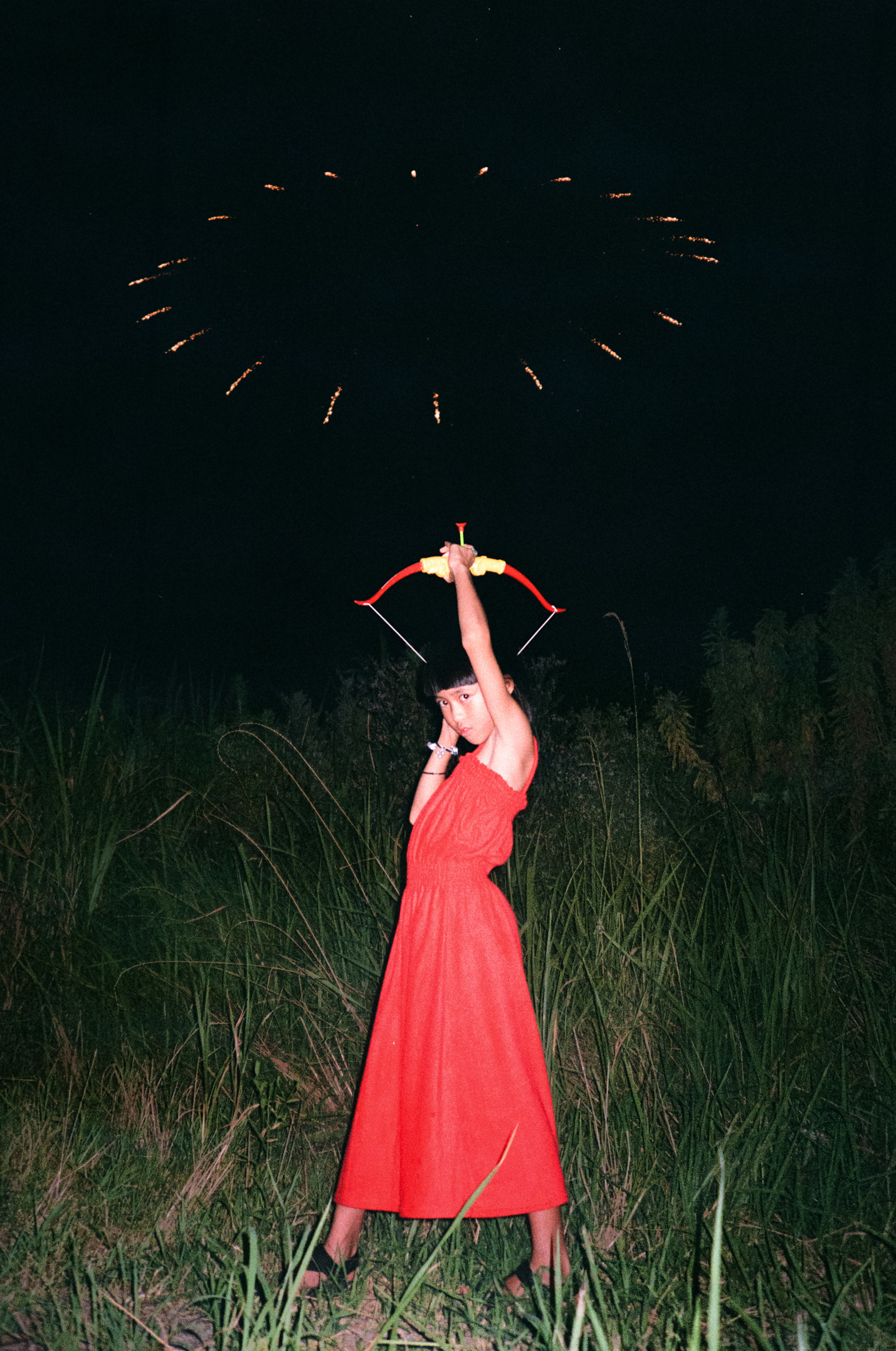
For readers outside of Japan, is there anything you want to share or explain about the book?
This is our personal record, but at the same time, it might also be a universal story of mothers and children all over the world who are stuck inside together.
This was not the original concept of the book, but nowadays I hear the sad news of hate crimes against Asian people. It even happens here in Japan. I see many good people in the world, too, so I know that the world is a complex place and we’re still figuring it out. But if this book reaches someone who is prejudiced, who has preconceived ideas of who we are and how we live, if they see and can imagine that we, loving someone, loved by someone, are not special and just human, I would be happy. Life is precious.
